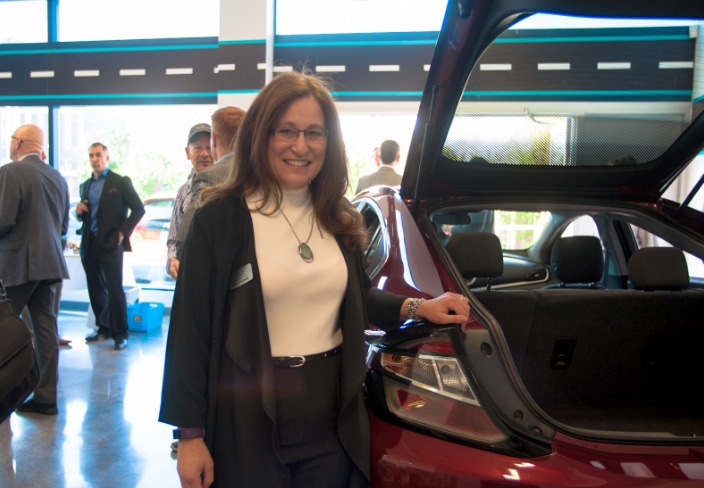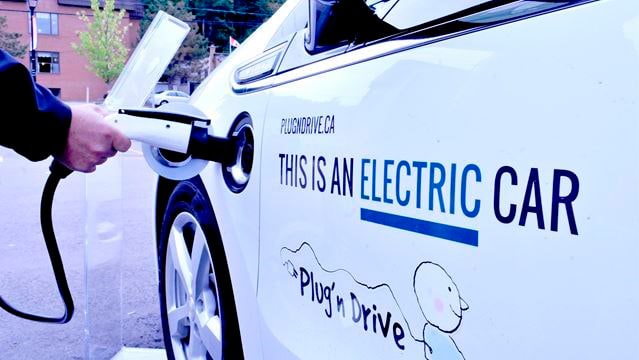Transition Leadership Stories
Original voices, thoughts, approaches and accomplishments from leaders in transition.
Profiling diverse perspectives on the transition to a low carbon, socially equitable economy from business, academia, government and the non-profit community.
Transition Leadership Series: Episode 1
Where can you find established scientists, academics, engineers, economists and business professionals – each widely considered as leaders within their field? At Academy for Sustainable Innovation (ASI) Masterclasses, these industry leaders share what the transition to a low-carbon, socially-equitable economy means to them. Each presents a unique perspective on the future of our local and international systems in the wake of revolutionary forces.
We’re pleased to share what these inspiring leaders have to say about the most exciting and purposeful innovations driving the transition to the low-carbon economy – and share their classes online too! Welcome to the first installment of the ASI Transition Leadership blog series.
Sustainable Transportation: Driving the transition to low carbon economies
One of the most powerful drivers for change is the sense of awe and wonder surrounding the futuristic clean-tech emerging all around the world. From Tesla’s solar-powered roofs to BiomiTech’s carbon-capturing robo-trees, there seems a tailored solution to almost every environmental challenge.
Of all the emergent technologies, those which drive the transition to a low-carbon energy and transportation sector are arguably the most recognizable. In Canada and around the world, consumers have been looking to the automobile industry to offer environmentally friendly alternatives to their existing, carbon-intensive preferences. Forged from the fire of consumer demand emerged a sleek and shiny fleet of electric vehicles (EVs), promising a lower gas bill and an even lower carbon footprint.

Consumer education in the driver’s seat
Cara Clairman is the CEO of Plug ’N Drive, a non-profit organization which promotes the environmental and economic benefits of EVs. She joined the ASI Masterclass at York University to share a vision for an EV-centred transportation system in Canada. With all the bells and whistles of the most premium fuel-powered vehicles, EVs are built and wired for the tech-savvy. Cara reports, “the early adopters were engineers… who do math. When we asked them why [they wanted an EV], it was mostly the cool tech and the savings. The environment was kind of secondary.” With approximately $2000 per year in fuel and maintenance savings and up to 90% fewer emissions than the equivalent model of gas-powered car, EVs provide a compelling entry point into sustainable, low-carbon technology purchases. One of the greatest transition challenges is simply the lack of consumer awareness and engagement with electric cars.
To further EV education efforts, Cara leads a consumer-driven, sales-free environment called the EV Discovery Centre. By challenging false perceptions of emergent EV technologies and answering common questions, the Ontario movement towards EV adoption is steadily building. In fact, follow-up data from the Centre shows that 33% of people who learn about EVs at the facility buy an electric car within six months of their experience.

EVs: a solution to energy management?
One of the barriers that Cara has found to EV purchase uptake is range anxiety: the fear that the battery will run out of power before the destination or a suitable charging point is reached. In her presentation to the Masterclass however, Cara reported that while 80% of Canadians drive 50 km or less per day, an average EV can drive for over 200 km and up to 500 km on a full charge. In fact, she said that the batteries are so powerful that many countries are looking to EVs as much more than a means of transportation: they may also be the key to community resiliency in the face of high electricity demands. “(EV batteries are) basically a mobile storage of electricity,” Cara explains. “And in many countries, they are thinking about how to use that battery to dispatch [electricity] back to their home, back to buildings or storage units or anything really. It’s a huge opportunity.” And, Cara explained, if there’s a way of aggregating these batteries, there are even further opportunities to both reduce emissions and develop strategies for climate adaptation.
The opportunities for decarbonization and community resilience which accompany EV adoption are tremendous and the industry couldn’t be accelerating at a more crucial moment. Climate change experts suggest that more than 40% of vehicles will need to be electric by 2040 to keep warming under 2 degrees. Currently, China is paving the way, producing 40% of global EVs. In order for Canadians to follow suit, more effective policies are required both provincially and nationally. The integration of a national Zero Emission Vehicle mandate, such as the one implemented in BC, the application of strong and long-duration financial incentives such as the ones in Norway, and strong carbon taxation are all viable and complementary policy solutions to encourage a shift towards an electrified transportation system.



